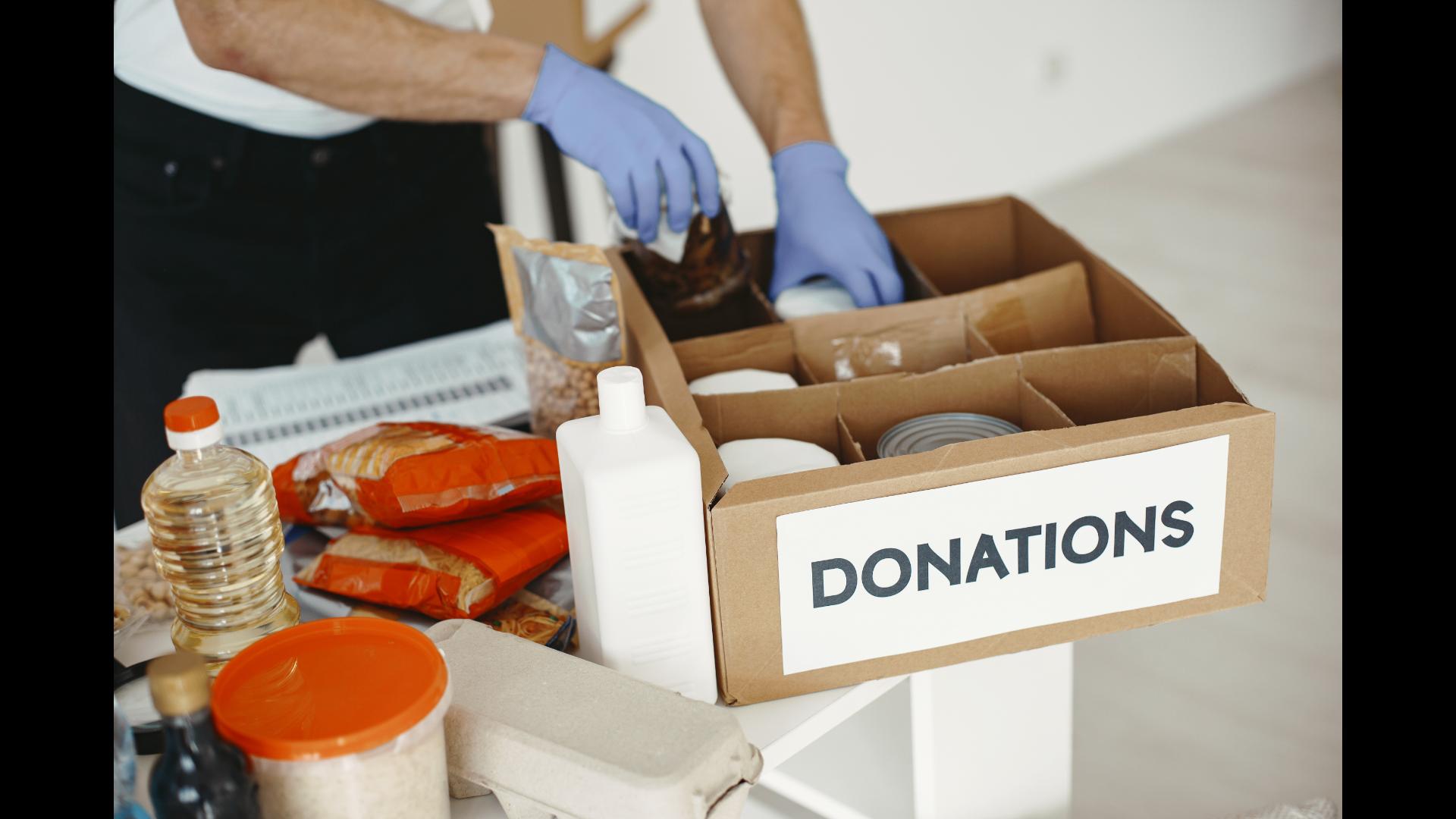When we can rely on our community for care and helpful action, we gain trust and feel safe. Feeling connected to our community creates a sense of belonging and pride. This takes persistent, collective effort to build and maintain. Thankfully, there are many ways we can give back to ensure our community remains healthy.
Pay it Forward
The pay it forward concept may be as old as humankind itself. As long as there has been people, there have been acts of giving. We give the love and guidance we received from our parents to our children. And often, people help their fellow neighbors, expecting nothing in return.
The phrase “pay it forward” was popularized in 2000 because of a movie with the same name. It’s based on a book (also called Pay It Forward) by Catherine Ryan Hyde, who founded the Pay It Forward Foundation. Their philosophy is that kind acts among strangers has a ripple effect. Unprovoked kindness leads to more kind acts, and a more caring society. There are tons of ways we can pay it forward. Ex.
- Buy coffee for the person behind us in line
- Bake some treats for neighbors
- Tell service managers about their employee’s great customer service
- Tell someone meaningful how great they are
- Say good morning when passing a stranger on the street
- Write a thankyou note to someone who has been helpful
- Make soup for a sick loved one
- Give a genuine compliment to a stranger about something other than their body
The options for paying it forward are plentiful! Remember to always be respectful of people’s personal space, cultures, and boundaries.
Organize a Community Cleanup
According to the Keep America Beautiful (KAB) 2020 National Litter study, there are approximately 50 million pieces of trash along U.S. roads and waterways. That’s 152 pieces of trash per U.S. citizen! The most littered item is cigarette butts. Packaging from fast food, candy, beer/soda cans and tobacco products make up 46% of litter along roadways.
Financially, litter cleanup costs the U.S. 11.5 billion dollars per year. Litter reduces property value and buyer perceptions of homes. It also determines where businesses are established. Mismanaged trash can have a negative impact on the environment and economy. It causes tourism to suffer, and harms wildlife and their habitats. It increases the cost of restoring natural ecosystems. Aquatic litter can also impede commercial fishing and contaminate our waterways and all life that depends on them (including us).
Communities often rely on citizens to collect litter, a trend KAB predicts will grow. To contribute, organize a community trash cleanup day:
- Pick a time, date, and meetup location. Decide the areas for trash collection and pick a spot to regroup. This will allow for all collected litter to be disposed of together.
- Get supplies. Litter collection requires garbage bags, trash pickers, gloves, recycle bags/bins and masks. Likely, supplies can be obtained by rental or donation. Contact Public Works or the local KAB chapter for help sourcing supplies.
- Determine how to dispose of trash. Contact Public Works and request instructions for proper disposal.
- Spread the word. Connect with local environmental organizations, tell friends and family, put up flyers at local libraries and community centers, post on social media, etc. The larger the turnout, the more litter collected.
Tell everyone to bring necessary items like reusable water bottles, hand sanitizer, and sunscreen!
Donate Blood
Blood, whether whole (red blood cells and plasma), platelets, plasma, or double red blood cells, is critical to survival. There is no substitute for blood products; they cannot be manufactured. Thus, blood donation is crucial to the medical field. According to Cedars Sinai, someone in America needs blood every two seconds. 36,000 units of red blood cells, 7,000 units of platelets and 10,000 units of plasma are needed daily. A unit of whole blood is one pint.
Many factors contribute to this demand. Babies born with sickle cell disease (approx. 1000/year) may need blood transfusions throughout their lives. A victim of a traumatic car accident may need up to 100 units of blood. Each year, more than one million people are diagnosed with cancer, some of whom may need blood.
Only 38% of the U.S. population is eligible to donate blood, but just two percent do. Those of us who are eligible could provide immeasurable value by donating. A typical donation is one pint (on average, we have 10). We can donate every 56 days. Plus, we get a tasty snack at the end to help us recover!
To help even more, we can contact our local American Red Cross and organize a blood drive. They can assist with planning and recruiting donors. They provide the equipment and trained staff. When everyone participates in supporting the community, it becomes a better place to be. And who doesn’t want to live in a community they love? So, get creative and find ways to make a positive impact!
Sources
https://www.randomactsofkindness.org/the-kindness-blog/2917-50-ways-to-pay-it-forward
http://winklercommunityfoundation.com/wp-content/uploads/2014/04/101-ways.pdf
https://kab.org/wp-content/uploads/2019/11/LitterinAmerica_FactSheet_SourcesofLitter.pdf
https://kab.org/wp-content/uploads/2019/11/LitterinAmerica_FactSheet_SourcesofLitter.pdf
https://kab.org/wp-content/uploads/2019/11/LitterinAmerica_FactSheet_CostsofLittering.pdf

